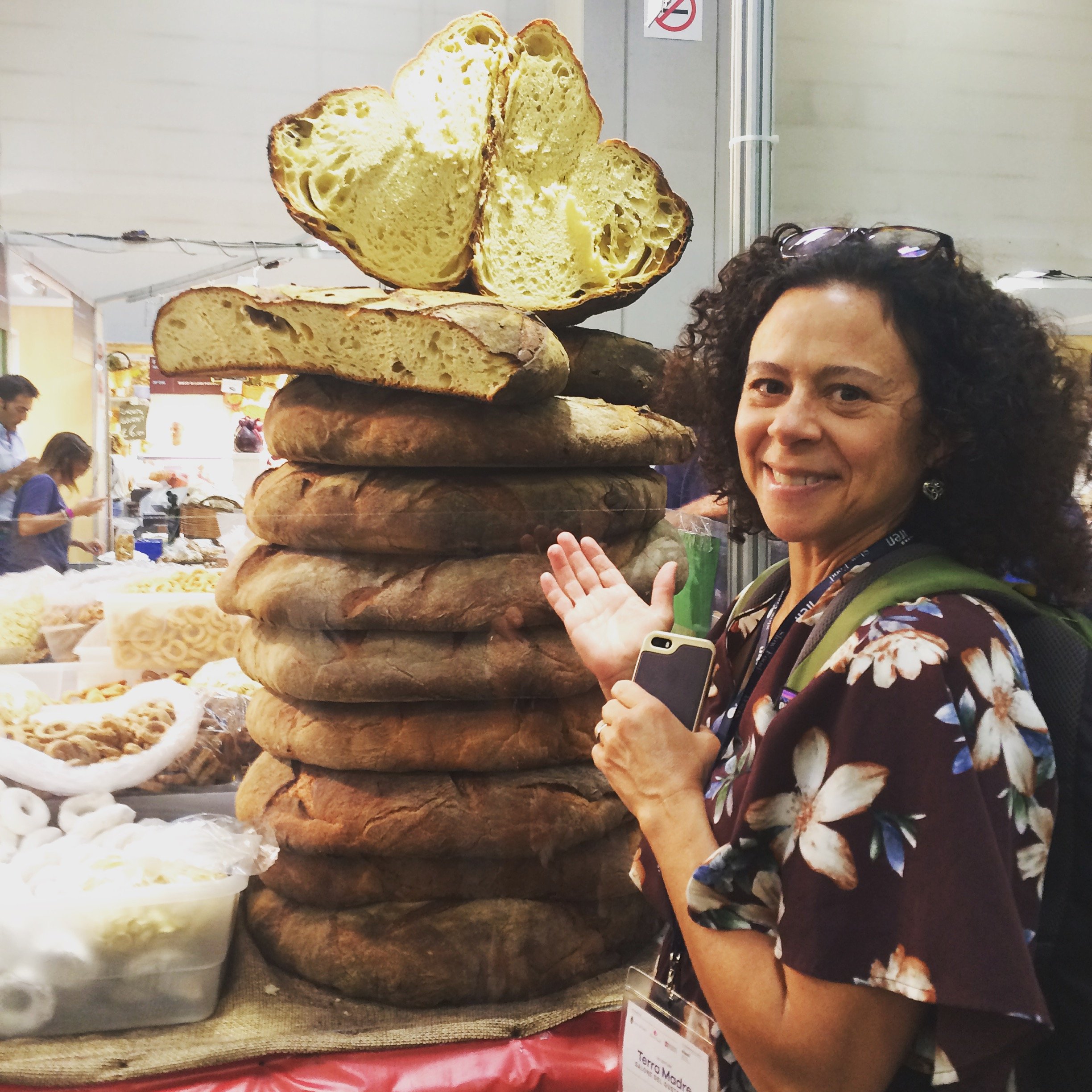Brockman Family Farms for Fruit & Herbs, Flowers, and More!
-

Teresa Brockman
TERESA’S FRUIT, HERBS, & PLANT STARTS, Eureka, IL
Teresa, one of Henry’s sisters, says, “I love growing intensely delicious, nutrient-dense fruits and herbs, and researching then growing from seed the very best varieties of plants for your garden.” Teresa has been raising a huge variety of fruits, herbs, plant starts, and more on her extremely bio-diverse farm for over 20 years.
-

Kira Santiago
KIRA’S FLOWERS, East Peoria, IL
Teresa’s daughter Kira grows over 100 varieties of flowers and creates designer bouquets for weddings and other special occasions, as well as for her CSA and farmers market customers. You’ll find her at the Peoria Riverfront Market every Saturday thoughout the growing season.
-

Jill Brockman-Cummings
JANIE’S MILL (and sometimes RED BARN FARM GOAT-MILK SOAPS)
Red Barn Farm is where our great-grandparents began farming in the mid-1800s (see history below). Jill raises chickens, ducks, and the goats who provide the main ingredient for her pure and gentle goat milk soaps. Jill is also the Manager of Janie’s Mill, an artisanal stone-milling company providing bakers with certified organic flours and much more.
A Brief History of our Farm Family
by Herman Brockman (Henry’s father)
This history and photos are about the original Brockman farm near Danforth, IL, not Henry’s Farm in Congerville, IL.
My grandparents, Herman Brockman and Maria Zachgo-Brockman, purchased a quarter section in east-central Illinois in 1898. Dad and Mother (Fred Brockman and Henrietta Zeedyk-Brockman), who were married in 1927, started farming in 1930—just in time for the real tough times of the Great Depression and the dust-bowl drought. Dad was a man of few words, but Mother told me how Dad worked to build up the soil fertility. He pitched manure into a hayrack (they couldn’t afford to buy a manure spreader), and then pitched it off “at the back 40.” He raised sweet clover and plowed it under to feed the soil. He grew timothy for the horses and red clover for the cows and sheep.
In retrospect, Dad, and his father before him, were organic farmers, as were all farmers at that time. Dad, and especially Mother, never embraced enthusiastically the new ways of farming that came to be after World War II. Mainly, they continued to rely on a crop rotation that included legumes for pasture and hay, and lots of manure from the horses (in the early years), cows, sheep, hogs, and chickens. It was highly diversified and sustainable farming that supported our family and the community.
Unfortunately, Dad had to stop doing the fieldwork and raising farm animals after he crushed his leg while harvesting corn in 1963. He was in the hospital for seven months, and didn’t get rid of the bone infection for another three years after that. But Mother and Dad continued to live on the farm, to act as landlords, to have enough hens for their own eggs, and to grow their own vegetables and fruit for about another 30 years.
During those decades when Mother and Dad rented the farm, the tenants insisted a corn-soybean rotation and high inputs of commercial fertilizers and pesticides. My folks were never happy with that kind of farming. Mother often railed against “all of those darn chemicals.”
I know that Mother and Dad, and my grandparents, would be very happy to know that 4th and 5th generations (Jill and Will Cummings) now live in the farm house, that the barn and chicken shed are once again a home for farm animals, and that Harold and Ross Wilken of Janie’s Farm Organics are farming their beloved land organically – for the benefit of the environment and for the future of all of us.

